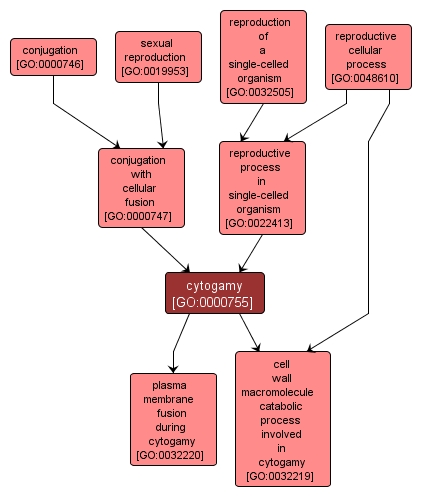| Desc: |
During conjugation with cellular fusion, the process resulting in creating a single cell from complementary mating types. The localized remodeling and dissolution of external protective structures allow the fusion of the plasma membranes and cytoplasmic mixing. An example of this process is found in Saccharomyces cerevisiae. |














